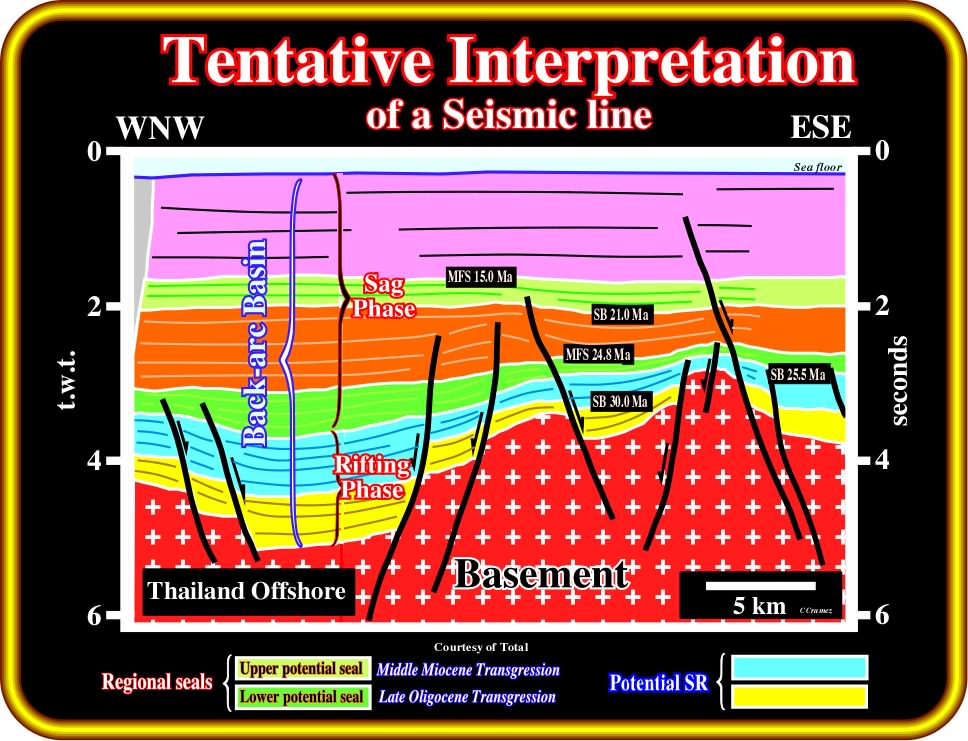


Due to population growth and these increased hazard estimates, more people live or work in areas of high or moderate seismic hazard than ever before, leading to higher risk of undesirable consequences from forecasted future ground shaking. Results show increased ground shaking in many (but not all) locations across the CEUS (up to ~30%), as well as near the four urban areas overlying deep sedimentary basins in the WUS (up to ~50%). We also include a description of updated computer codes and modeling details. All subjects Allied Health Cardiology & Cardiovascular Medicine Dentistry Emergency Medicine & Critical Care Endocrinology & Metabolism Environmental Science General Medicine Geriatrics Infectious Diseases Medico-legal Neurology Nursing Nutrition Obstetrics & Gynecology Oncology Orthopaedics & Sports Medicine Otolaryngology Palliative Medicine & Chronic Care Pediatrics Pharmacology & Toxicology Psychiatry & Psychology Public Health Pulmonary & Respiratory Medicine Radiology Research Methods & Evaluation Rheumatology Surgery Tropical Medicine Veterinary Medicine Cell Biology Clinical Biochemistry Environmental Science Life Sciences Neuroscience Pharmacology & Toxicology Biomedical Engineering Engineering & Computing Environmental Engineering Materials Science Anthropology & Archaeology Communication & Media Studies Criminology & Criminal Justice Cultural Studies Economics & Development Education Environmental Studies Ethnic Studies Family Studies Gender Studies Geography Gerontology & Aging Group Studies History Information Science Interpersonal Violence Language & Linguistics Law Management & Organization Studies Marketing & Hospitality Music Peace Studies & Conflict Resolution Philosophy Politics & International Relations Psychoanalysis Psychology & Counseling Public Administration Regional Studies Religion Research Methods & Evaluation Science & Society Studies Social Work & Social Policy Sociology Special Education Urban Studies & Planning BROWSE JOURNALSĭuring 2017–2018, the National Seismic Hazard Model for the conterminous United States was updated as follows: (1) an updated seismicity catalog was incorporated, which includes new earthquakes that occurred from 2013 to 2017 (2) in the central and eastern United States (CEUS), new ground motion models were updated that incorporate updated median estimates, modified assessments of the associated epistemic uncertainties and aleatory variabilities, and new soil amplification factors (3) in the western United States (WUS), amplified shaking estimates of long-period ground motions at sites overlying deep sedimentary basins in the Los Angeles, San Francisco, Seattle, and Salt Lake City areas were incorporated and (4) in the conterminous United States, seismic hazard is calculated for 22 periods (from 0.01 to 10 s) and 8 uniform V S30 maps (ranging from 1500 to 150 m/s).


 0 kommentar(er)
0 kommentar(er)
